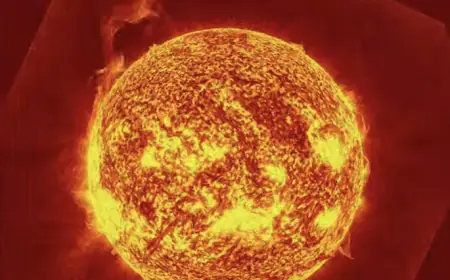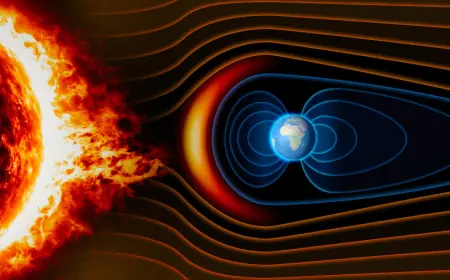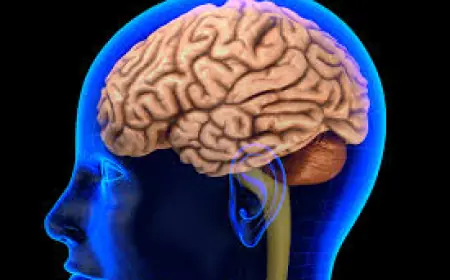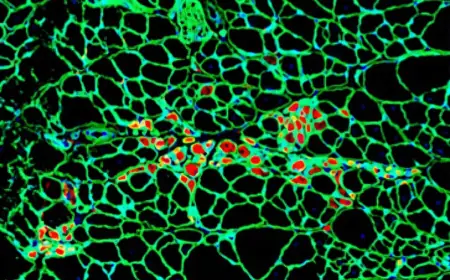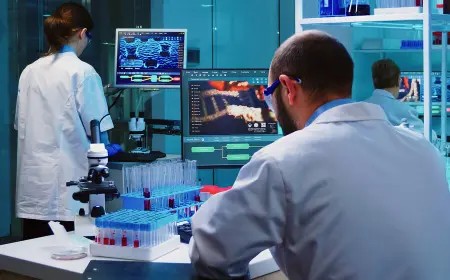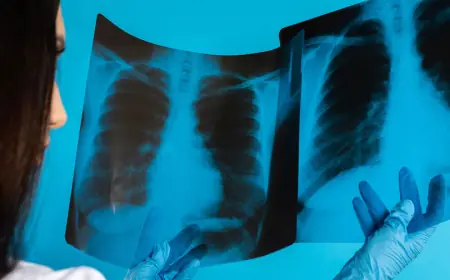Korean Scientists Discover That Aging Can "Spread" From Cell to Cell
Gerontologists from the Korea University College of Medicine have discovered that the HMGB1 protein, which is associated with aging, can damage young cells and trigger their premature aging. The results were published in the scientific journal Metabolism – Clinical and Experimental.
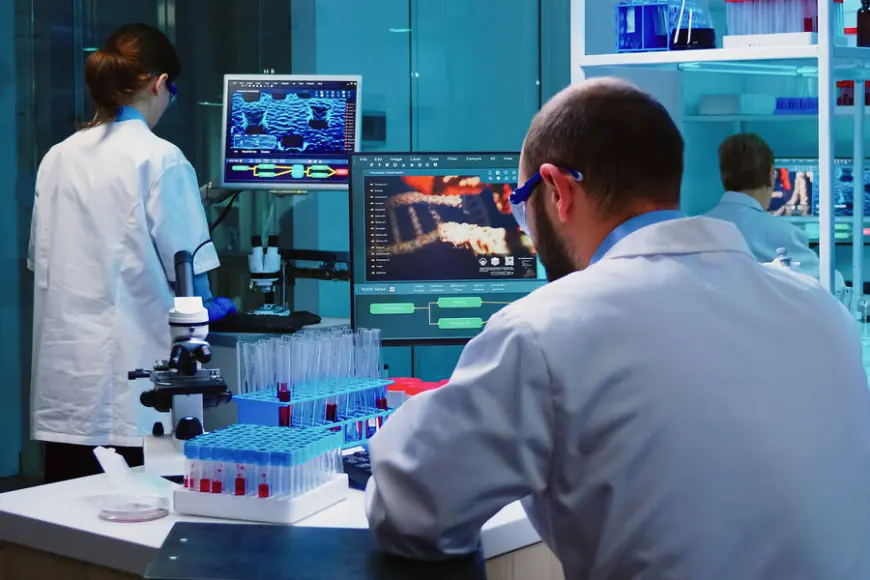
The HMGB1 protein is produced throughout a person’s life. In young individuals, it remains inside the cells and helps them function normally. However, as people age, aging cells begin to release this protein into the extracellular environment.
Laboratory experiments showed that once outside the cell, HMGB1 interacts with receptors on neighboring cells and activates aging processes in them. In response, the affected cells also release HMGB1, which accelerates the chain reaction of aging throughout tissues.
Researchers noted that HMGB1 exists in two forms: active and inactive. The active form causes inflammation and cellular damage, while the inactive form has no harmful effect. Experiments demonstrated that even young cells, after contact with active HMGB1, stopped dividing and began releasing inflammatory substances.
This mechanism was first discovered when studying elderly patients with injuries and was later confirmed in mouse experiments. According to the researchers, aging may spread rapidly through tissues in a chain-like manner rather than gradually, opening new possibilities for slowing down the aging process.

